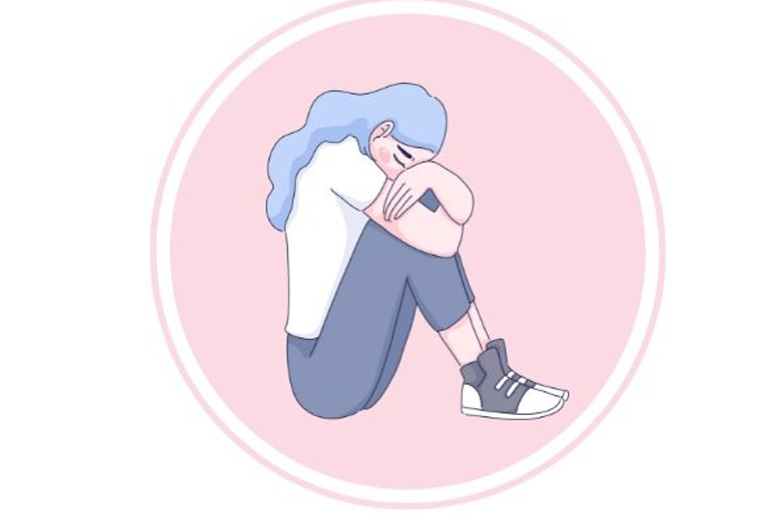Recognizing a rejection wound can be a complex process, as it often manifests in various ways, from difficulty in trusting others to over-dependence on people. Rejection wounds stem from past traumatic experiences, and they can obscure new pain and trauma, complicating the healing process by blurring the lines between past and present experiences. This challenge is heightened for individuals with Complex Post-Traumatic Stress Disorder (C-PTSD), as the intricate layers of past trauma can obscure the pain of new or ongoing rejection, making it difficult to identify and address.
Understanding the signs and symptoms of rejection wounds and seeking support from mental health professionals can be crucial steps in healing from past trauma and fostering emotional well-being. The psychological impacts of past experiences of rejection and abandonment, which can indeed have a significant impact on a person’s ability to form and maintain healthy relationships. Here are some insights and strategies that may help individuals who are struggling with these issues:
- Acknowledge the Wounds: Recognizing and accepting that you have been hurt by rejection and abandonment in the past is the first step towards healing. It’s essential to allow yourself to feel and process these emotions rather than suppressing them.
- Seek Therapy: Working with a therapist or counselor can provide invaluable support in navigating and healing from past wounds. Therapists can help individuals explore the root causes of their fears and develop coping strategies to manage them effectively.
- Practice Self-Compassion: Learning to be kind and understanding towards yourself is crucial in overcoming feelings of inadequacy and unworthiness. Self-compassion involves treating yourself with the same kindness and empathy that you would offer to a friend in a similar situation.
- Build Self-Esteem: Engage in activities and practices that boost your self-esteem and self-worth. This could include pursuing hobbies and interests, setting and achieving personal goals, and surrounding yourself with supportive and affirming individuals.
- Challenge Negative Beliefs: Negative beliefs about oneself and others can perpetuate the cycle of fear and avoidance. Practice challenging these beliefs by examining the evidence for and against them and replacing them with more balanced and realistic perspectives.
- Set Boundaries: Establishing healthy boundaries in relationships is essential for self-protection and maintaining autonomy. Communicate your needs and limits clearly and assertively and be prepared to enforce boundaries when necessary.
- Practice Vulnerability: While it may feel uncomfortable at first, allowing yourself to be vulnerable in safe and supportive relationships can foster deeper connections and intimacy. Start by gradually opening up to trusted individuals and sharing your thoughts and feelings with them.
- Focus on Internal Validation: Instead of seeking external validation from others, cultivate a sense of self-worth and validation from within. Acknowledge your strengths, accomplishments, and intrinsic value independent of others’ opinions.
Healing from rejection wounds and overcoming the fear of abandonment is a gradual process that requires patience, self-reflection, and a willingness to confront difficult emotions. With time and support, individuals can learn to trust again, form meaningful connections, and experience fulfilling relationships.
Disclaimer:
The information contained in this article is for educational and informational purposes only and is not intended as a health advice. We would ask you to consult a qualified professional or medical expert to gain additional knowledge before you choose to consume any product or perform any exercise.







